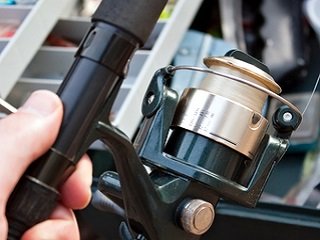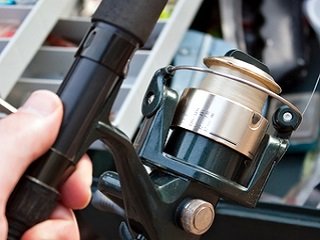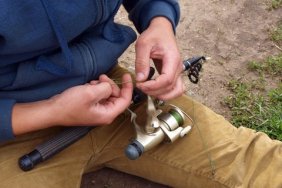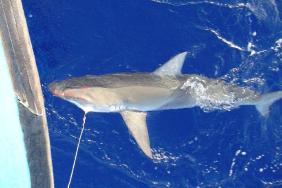 While newer to the fishing world than braided line or monofilament, fluorocarbon has been around long enough to be commonly used among anglers. However, there are still many fishermen who are hesitant to use the line, due to unfamiliarity with its applications and techniques. Today we’ll take a closer look at fluorocarbon to learn a bit more about its benefits and usefulness in a few different situations on the water.
While newer to the fishing world than braided line or monofilament, fluorocarbon has been around long enough to be commonly used among anglers. However, there are still many fishermen who are hesitant to use the line, due to unfamiliarity with its applications and techniques. Today we’ll take a closer look at fluorocarbon to learn a bit more about its benefits and usefulness in a few different situations on the water.
Perhaps the biggest appeal of fluorocarbon is its near invisibility underwater, to which it owes its popularity among the saltwater angling community early after its creation. This invisibility results from the line having nearly the same light refraction rate as water, which enables it to “disappear” beneath the surface. For this reason, fluorocarbon should be used any time stealth and a subtle presentation are required, or more specifically, finesse fishing. Whereas in the past, anglers had to try hard to maintain a realistic presentation while fighting the obvious signature of their line, with the aide of fluorocarbon, you lose that tell-tale line presence and offer a more realistic appearance for your bait. This invisibility also allows you to use heavier lines when necessary, whereas before you were forced to sacrifice line strength for less line visibility.
Another application for fluorocarbon line is to use it as leader material on a variety of rigs, or as a bridge between your main line and a lure. Fluorocarbon on a Carolina rig, when searching deep structure for picky bass, is a great tactic and will most likely get many more fish in the boat. Using fluorocarbon as a leader usually requires the use of a blood knot to join the main line with the fluorocarbon line, which is highly effective and certainly cheaper, since a considerably smaller amount of the costly fluorocarbon line is used.
As with most things in life, fluorocarbon is not without its potential drawbacks. For starters, fluorocarbon is more prone to memory issues than other lines, due to its stiffness. Also, as I briefly touched upon earlier, fluorocarbon also tends to be more expensive than other lines, which is a big turnoff for some.
Like monofilament and braided line, fluorocarbon has its pros and cons. However, using it in situations where its properties can truly shine will yield great results and eventually, a full livewell. Hopefully, the information outlined above cleared up some things for those of you who were previously unfamiliar with fluorocarbon.








